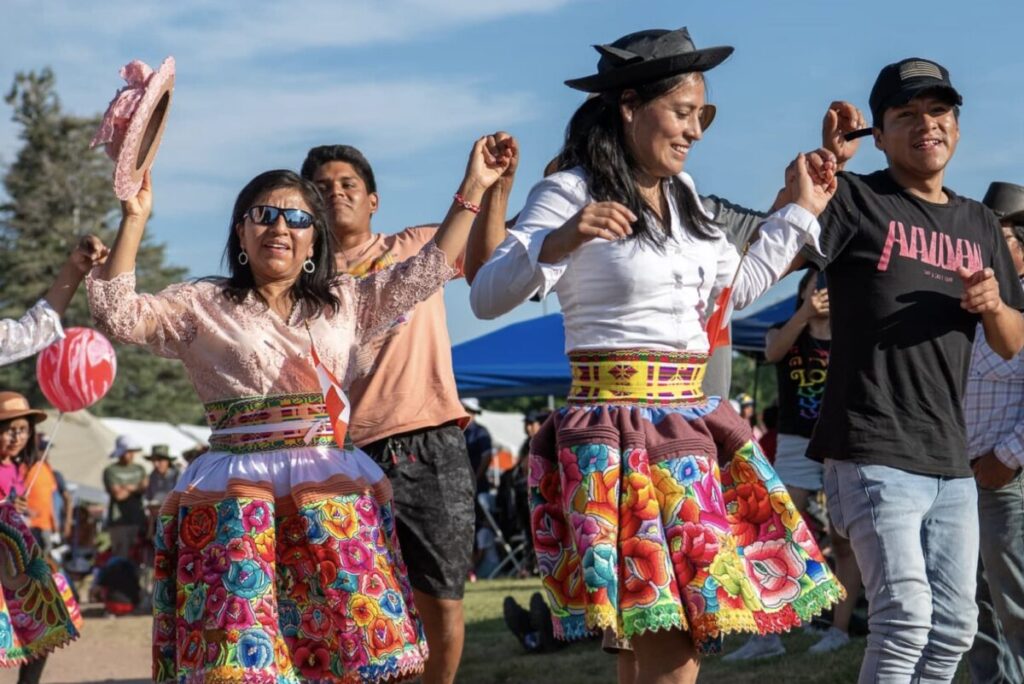
(Photos/Jorge Silva)
SEVENTH PERUVIAN INDEPENDENCE FESTIVAL
Newsroom El Comercio de Colorado
Haga click aquí para leer la versión en español
The Canipaco-Huancayo Peru Project achieved great success with the organization of the Seventh Festival for the Independence of Peru in Longmont. Activities began on Saturday, July 15th, with a sports tournament in which around three hundred players participated. The gastronomic festival with dance and music took place on Sunday, July 16th. The exclusive performance of Clavito y su Chela by Robert Muñoz was a highlight. “We have celebrated the national holidays in Longmont. This was a colorful event filled with Peruvian culture. Thanks to the entire community,” said Alberto Iriarte, the event organizer.
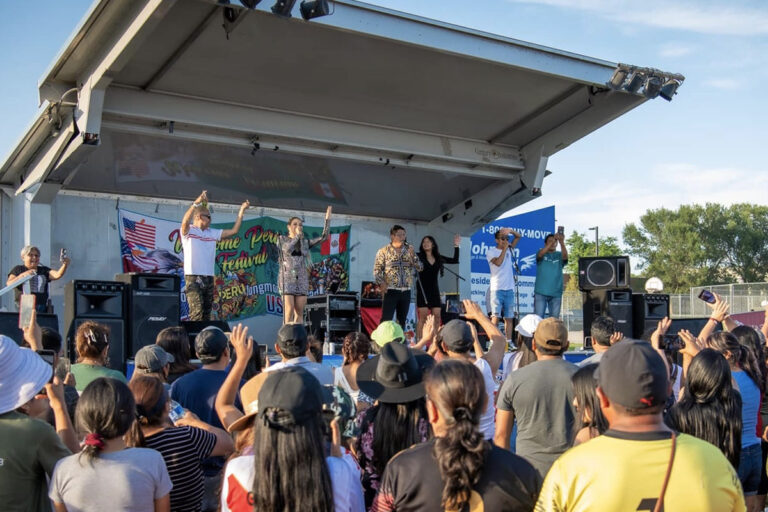
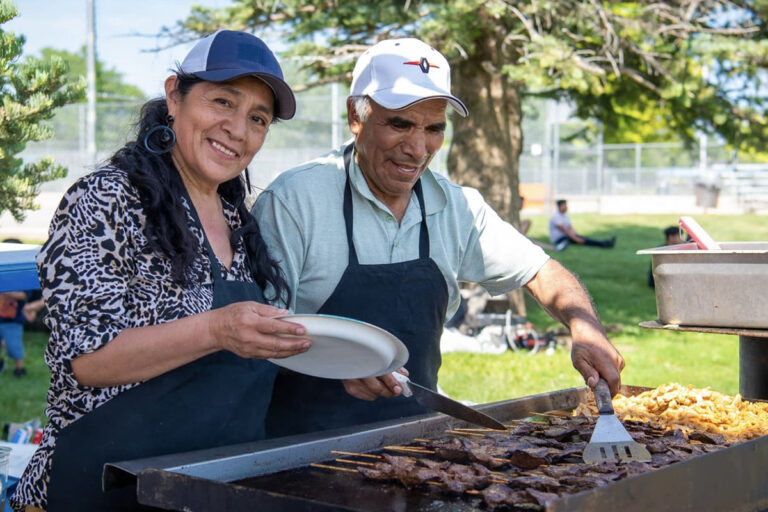
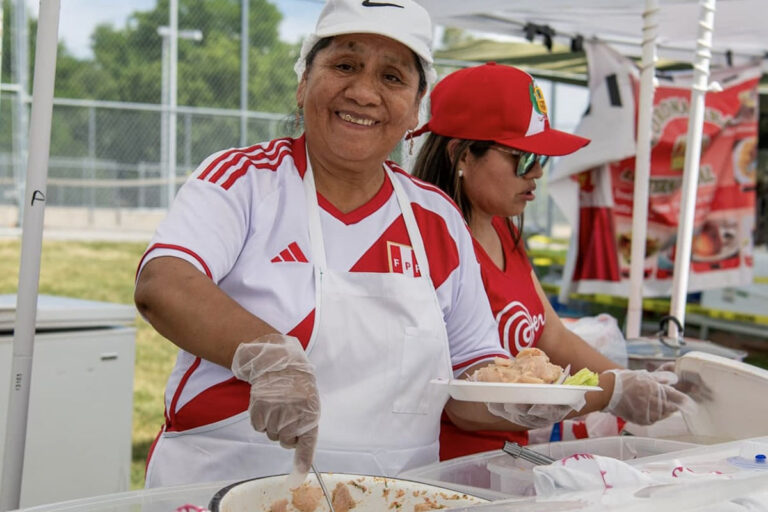
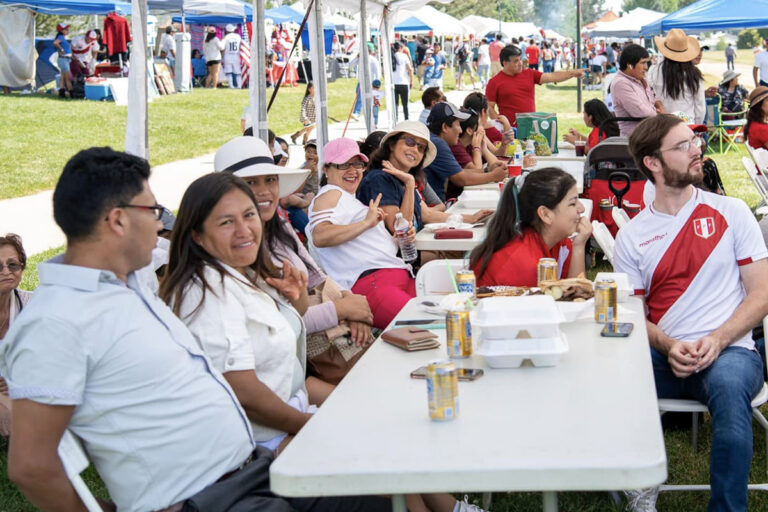


You may also like:
Mexican Wrestling Comes to Global Fest
Savoring Cultural Diversity at the Denver Botanic Garden
Debt forgiven for victims of Colorado CollegeAmerica
Contrary to popular belief, Lorem Ipsum is not simply random text. It has roots in a piece of classical Latin literature from 45 BC, making it over 2000 years old. Richard McClintock, a Latin professor at Hampden-Sydney College in Virginia, looked up one of the more obscure Latin words, consectetur, from a Lorem Ipsum passage, and going through the cites of the word in classical literature, discovered the undoubtable source. Lorem Ipsum comes from sections 1.10.32 and 1.10.33 of “de Finibus Bonorum et Malorum” (The Extremes of Good and Evil) by Cicero, written in 45 BC. This book is a treatise on the theory of ethics, very popular during the Renaissance. The first line of Lorem Ipsum, “Lorem ipsum dolor sit amet..”, comes from a line in section 1.10.32.
The standard chunk of Lorem Ipsum used since the 1500s is reproduced below for those interested. Sections 1.10.32 and 1.10.33 from “de Finibus Bonorum et Malorum” by Cicero are also reproduced in their exact original form, accompanied by English versions from the 1914 translation by H. Rackham.






otras noticias
Hello Catira! Venezuelan flavor with soul
Colorado Rush invites kids to play, grow, and dream
Innovative plan at Adams 14 school gets green light